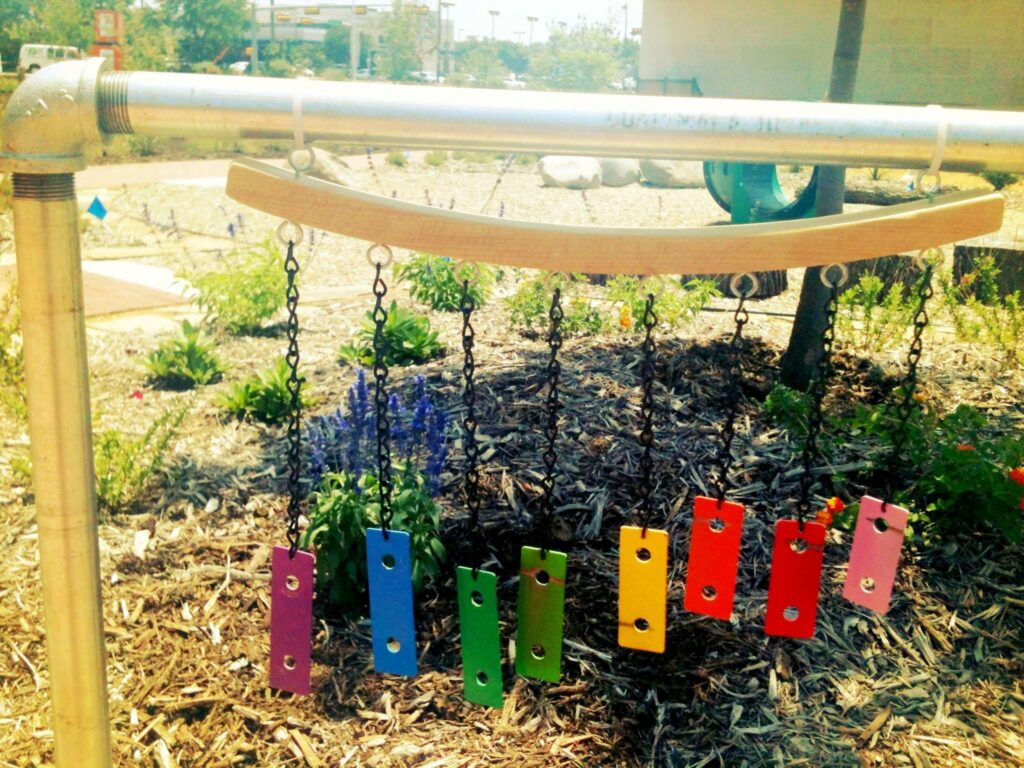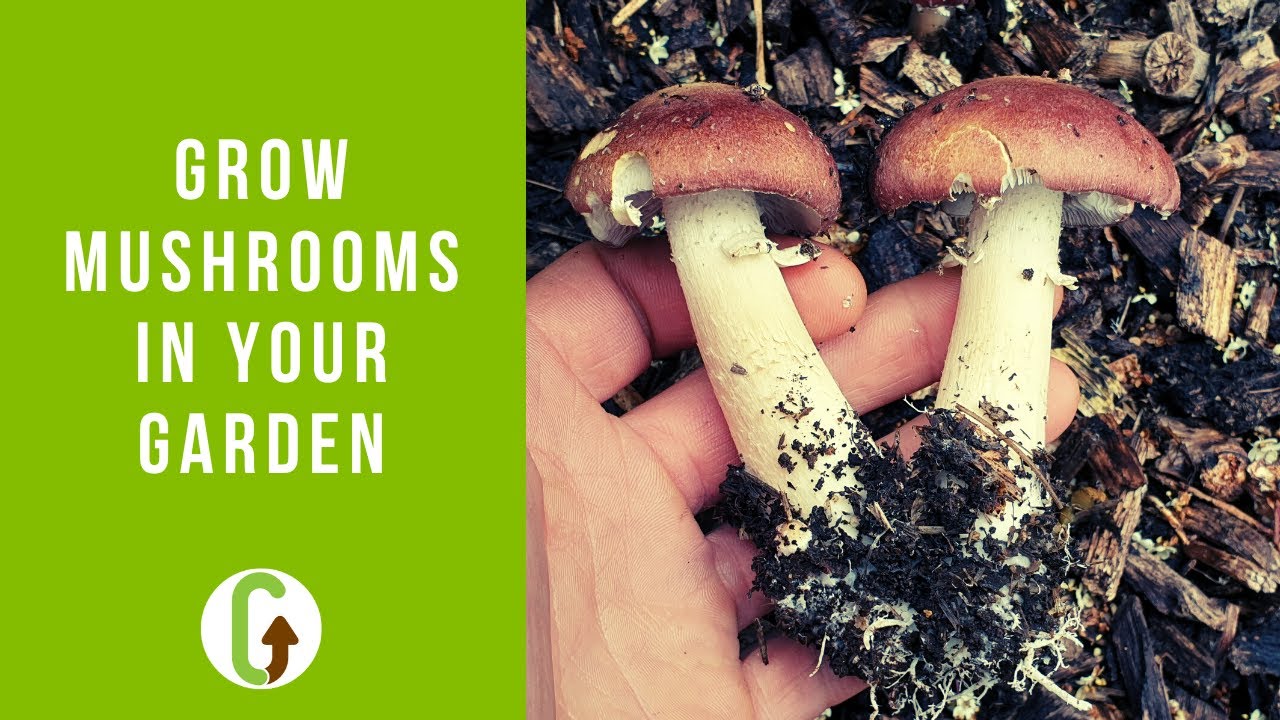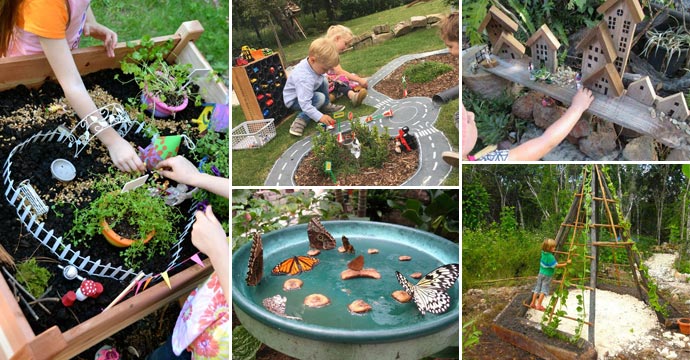
Unleashing the Green Thumb: Why Gardening with Kids is a Blooming Good Idea
Gardening with children is more than just a fun activity; it’s an investment in their future. It’s a chance to connect with nature, learn about the world around them, and develop valuable life skills. In a world increasingly dominated by screens, getting kids involved in gardening offers a refreshing change of pace. It’s a sensory experience, a learning adventure, and a chance to create lasting memories. This article is packed with exciting children’s gardening project ideas, designed to spark curiosity, foster creativity, and cultivate a love for the natural world.
From tiny tots to older kids, there’s a gardening project to suit every age and interest. We’ll explore a variety of ideas, from simple container gardens perfect for small spaces to more ambitious projects that can transform your backyard into a vibrant and educational playground. Get ready to dig in, get your hands dirty, and watch your children’s love for gardening blossom!
Getting Started: Essential Tools and Tips for Young Gardeners
Before we dive into the project ideas, let’s cover some basics. Equipping your young gardeners with the right tools and knowledge is crucial for a positive and rewarding experience. Here’s what you’ll need:
Essential Gardening Tools for Kids:
- Kid-sized gardening gloves: Protect those little hands from dirt and potential irritants.
- A small hand trowel: Perfect for digging, planting, and transplanting.
- A hand fork: Ideal for loosening soil and weeding.
- A watering can: Lightweight and easy for kids to handle.
- A small shovel: For bigger digging tasks.
- A watering hose with a gentle spray nozzle: For easier watering of larger areas.
Safety First:
Always supervise children when they’re using gardening tools. Teach them how to use the tools safely and responsibly. Make sure they understand the importance of wearing gloves and washing their hands thoroughly after gardening. It’s also a good idea to keep a first-aid kit handy, just in case.
Creating a Kid-Friendly Garden Space:
Designate a specific area in your garden for your children’s projects. This could be a raised bed, a small patch of soil, or even a collection of containers. Make sure the area is easily accessible, gets plenty of sunlight, and is relatively sheltered from strong winds. Consider adding a small bench or a picnic table so kids have a comfortable place to sit and enjoy their garden.
Project Ideas: From Seed to Table – Fun Gardening Adventures for Kids
Now, let’s get to the fun part! Here are some inspiring children’s gardening project ideas, categorized by their focus and complexity:
1. The Classic: Starting Seeds Indoors
This is a fantastic way to introduce children to the magic of plant life. Starting seeds indoors allows you to extend the gardening season and get a head start on growing your favorite vegetables, herbs, and flowers. It’s also a great way to teach kids about the plant life cycle.
What you’ll need:
- Seed packets (choose easy-to-grow varieties like sunflowers, beans, marigolds, or basil)
- Seed starting trays or small pots
- Seed starting mix (a lightweight soil mix)
- Water
- A sunny windowsill or grow lights
How to do it:
- Fill the seed starting trays or pots with seed starting mix.
- Moisten the soil.
- Carefully plant the seeds according to the instructions on the seed packet.
- Gently cover the seeds with soil.
- Water the soil gently.
- Place the trays or pots in a sunny location.
- Keep the soil moist but not waterlogged.
- Watch for seedlings to sprout!
- Once the seedlings have a few sets of leaves, they can be transplanted into the garden.
2. The Edible Garden: Growing Your Own Food
There’s nothing quite like the satisfaction of eating food you’ve grown yourself. An edible garden is a wonderful way to teach children about where their food comes from and encourage them to eat healthy. Plus, it’s a great way to get them excited about trying new vegetables.
Project ideas:
- Pizza Garden: Grow tomatoes, basil, oregano, and bell peppers.
- Salad Garden: Plant lettuce, spinach, carrots, and radishes.
- Berry Patch: Plant strawberries, raspberries, or blueberries (depending on your climate).
- Herb Garden: Grow herbs like mint, parsley, chives, and thyme.
Tips:
- Choose easy-to-grow vegetables like beans, peas, carrots, and radishes.
- Involve your children in every step, from planning to harvesting.
- Make it fun! Create signs for each plant, and let the kids decorate them.
- Have a taste test when the vegetables are ready to harvest.
3. The Container Garden: Gardening in Small Spaces
Don’t have a big backyard? No problem! Container gardening is perfect for small spaces, such as balconies, patios, or even windowsills. It’s also a great way to teach children about the importance of water conservation.
Project ideas:
- Strawberry Pots: Plant strawberries in a tiered pot.
- Herb Containers: Grow herbs in colorful pots.
- Tomato Plants: Grow dwarf tomato varieties in large pots.
- Flower Baskets: Create beautiful hanging baskets with petunias, pansies, or other colorful flowers.
Tips:
- Choose containers with drainage holes.
- Use a good quality potting mix.
- Water regularly, especially during hot weather.
- Fertilize plants as needed.
4. The Sensory Garden: Engaging the Senses
A sensory garden is designed to stimulate the senses of touch, smell, sight, and even taste. It’s a wonderful way to engage children with different textures, colors, and fragrances. This type of garden is particularly beneficial for children with sensory processing issues.
Project ideas:
- Touch Garden: Plant plants with different textures, such as lamb’s ear (soft), fuzzy basil, and prickly cacti (with adult supervision).
- Scent Garden: Grow fragrant herbs like lavender, rosemary, and mint, or fragrant flowers like roses and jasmine.
- Color Garden: Plant flowers with a variety of colors.
- Sound Garden: Plant plants that make sounds, like ornamental grasses that rustle in the wind.
Tips:
- Involve your children in choosing the plants.
- Encourage them to touch, smell, and even taste (with adult supervision) the different plants.
- Create a path through the garden with different textures, such as gravel, stepping stones, or mulch.
5. The Butterfly Garden: Attracting Pollinators
A butterfly garden is a beautiful and educational way to attract butterflies and other pollinators to your garden. It’s a great way to teach children about the importance of these creatures and the role they play in our ecosystem. It also offers the opportunity to observe the life cycle of a butterfly.
What you’ll need:
- Butterfly-attracting plants (such as milkweed, coneflowers, and butterfly bush)
- A water source (a shallow dish of water with pebbles)
- A sunny location
How to do it:
- Choose plants that attract butterflies.
- Plant the plants in a sunny location.
- Provide a water source.
- Avoid using pesticides, which can harm butterflies.
- Observe the butterflies as they visit your garden.
6. The Fairy Garden: Creating a Magical Space
Fairy gardens are a fun and imaginative way to get children involved in gardening. They can be as simple or elaborate as you like, and they allow children to express their creativity. This type of garden can be great for boosting creativity and imagination.
What you’ll need:
- A container (a pot, a wheelbarrow, or even a small area in the garden)
- Potting mix
- Small plants (such as succulents, miniature flowers, and herbs)
- Fairy garden accessories (miniature houses, furniture, and figurines)
How to do it:
- Fill the container with potting mix.
- Plant the small plants.
- Add the fairy garden accessories.
- Let your children’s imaginations run wild!
7. The Sunflower House: Building a Living Structure
This is a more ambitious project, but it’s incredibly rewarding. Building a sunflower house is a fun way to create a living structure in your garden. It’s a great way to teach children about plant growth and design.
What you’ll need:
- Sunflower seeds
- String or twine
- Bamboo poles or stakes
How to do it:
- Plant the sunflower seeds in a circle or any shape you desire.
- As the sunflowers grow, use the string or twine to connect the plants, creating walls.
- Use the bamboo poles or stakes to provide support.
- Watch as the sunflowers grow and create a living house!
8. The Pizza Garden: A Culinary Adventure
A pizza garden is a fun and practical project. It’s a dedicated space where you grow the ingredients to make your own pizzas. This can be a very engaging way to get kids to eat their veggies.
What you’ll need:
- Seeds or seedlings for tomatoes, basil, oregano, and bell peppers
- A sunny spot in the garden
- Soil and gardening tools
How to do it:
- Plan your garden layout, perhaps in a circular or square shape.
- Plant the seedlings or seeds, following spacing guidelines.
- Water regularly and weed as needed.
- As the vegetables mature, harvest them for pizza making!
Tips for Success: Nurturing Young Gardeners
Here are some additional tips to ensure a positive gardening experience for your children:
- Keep it simple: Start with a small project and gradually increase the complexity as your children’s interest grows.
- Make it fun: Add games, activities, and rewards to keep them engaged.
- Let them choose: Allow your children to choose what they want to grow.
- Be patient: Gardening takes time and effort. Don’t get discouraged if things don’t go as planned.
- Celebrate successes: Praise your children’s efforts and celebrate their achievements.
- Embrace the mess: Gardening can be messy! Don’t worry about a little dirt.
- Learn together: Research plants and gardening techniques together.
Common Challenges and How to Overcome Them
Even the most enthusiastic young gardeners may encounter challenges. Here are some common issues and how to address them:
Dealing with Pests:
Pests are a fact of life in the garden. Teach children how to identify common garden pests and how to control them naturally. Encourage them to use organic pest control methods, such as:
- Handpicking: Remove pests by hand.
- Companion planting: Plant herbs and flowers that repel pests.
- Insecticidal soap: Use insecticidal soap to control certain pests.
Dealing with Weeds:
Weeds can quickly take over a garden. Teach children how to identify weeds and how to remove them. Make weeding a fun activity by providing kid-sized tools and making it a team effort.
Dealing with Weather:
Weather can be unpredictable. Teach children how to protect their plants from extreme weather conditions. This may involve:
- Watering during dry spells.
- Providing shade during heat waves.
- Protecting plants from frost.
The Benefits of Gardening for Kids: Beyond the Blooms
The benefits of gardening for children extend far beyond the joy of seeing plants grow. Gardening nurtures a wide range of skills and qualities, contributing to their overall development.
Educational Advantages:
- Science lessons: Gardening provides hands-on learning about plant biology, the life cycle, ecosystems, and the environment.
- Math skills: Children can practice measuring, counting, and estimating when planting seeds, spacing plants, and harvesting crops.
- Literacy: Reading seed packets, gardening books, and plant labels enhances reading skills.
Life Skills Development:
- Responsibility: Caring for plants teaches children about responsibility and the importance of following through on commitments.
- Patience: Gardening requires patience as children wait for seeds to sprout and plants to grow.
- Problem-solving: When faced with challenges like pests or diseases, children learn to analyze the situation and find solutions.
Physical and Mental Well-being:
- Physical activity: Gardening is a physical activity that encourages children to be active and spend time outdoors.
- Stress relief: Gardening can be a relaxing and therapeutic activity, helping children to reduce stress and anxiety.
- Connection with nature: Gardening fosters a deep connection with nature, promoting environmental awareness and appreciation.
Conclusion: Cultivating a Lifelong Love of Gardening
Gardening with children is a gift that keeps on giving. It’s a chance to nurture their curiosity, creativity, and love for the natural world. By providing them with the right tools, guidance, and encouragement, you can help them develop a lifelong love of gardening. So, grab your gardening gloves, gather your little ones, and embark on a gardening adventure that will create lasting memories and a flourishing garden!
Remember to adapt these ideas to your children’s ages, interests, and your available space. The most important thing is to have fun and enjoy the process of watching your children grow, both in the garden and in life. Happy gardening!


